Looking Outwards 1
Personal Crunchology

Personal Crunchology is a project by Kjen Wilkens, a former student in the Royal College of Arts Design Interactions program. Wilkens proposes a “statistical fortune telling service,” in which personal data is mined and used to inform predictive computer models. On his website Wilkens minimizes the technical aspect of the project, which makes sense since the message trumps the medium in this case. By this I mean that Personal Crunchology succeeds conceptually, at least within the confines of speculative design idioms. Like many other projects from RCA Design Interactions, there is a looming threat of impending dystopia, and sterile, possibly totalitarian graphic design. That being said, I think Wilkens’ term “data obese futures” is not necessarily an exaggeration. When applied haphazardly, “quantified self” has enormous potential for abuse. Wilkens’ prescient melding of a mystical process (fortune telling) and an “objective” one (quantified self) reveals the discrepancy between our data-selves and our personalities. It privileges human judgments via a fairly dubious application of big data.
Pendulum Choir
Typically, we control machines for our own benefit. This relationship is reversed in the case of Pendulum Choir (the winner of the 2013 Prix Ars Electronica in the Interactive Art category), in which 9 a cappella singers are made the instruments – in both senses of the word – of 18 hydraulic jacks. The performance achieves a wonderful gestalt, where the singers seem to move and operate as a single entity. Considered from an aesthetic lens, the musical virtuosity of the singers makes for an unsettling juxtaposition with the cold precision of the hydraulic jacks. I had a similar feeling when viewing Ryoji Ikeda’s video installation data.tron at the Wood Street Galleries: one of overwhelming domination by a hostile force. But Pendulum Choir generates alienation in a slightly different way; it engages actual people, and proceeds to reduce them to a sort of flower arrangement for the sake of a robot mating ritual.
Obake
Obake: interactions with a 2.5D elastic display from Dhairya Dand on Vimeo.
One difficulty of three-dimensional interfaces a la Minority Report is a lack of tactile feedback. An elastic surface that uses linear actuators to respond to the user seems to address this problem, at least partially. For this reason, I was initially intrigued by Obake, a prototype of a 2.5D input device by Dhairya Dand and Robert Hemsley. But Although Obake is a worthwhile experiment, the implementation (at least as it is shown in the project video) does little to build on a the offerings of a humble touchscreen. Dand and Hemsley do not make a compelling argument for pulling and pushing being sustainable additions or alternatives to the existing vocabulary of touch gestures (pinch, flick, etc.). The task that is highlighted – manipulating a topographical simulation – is an uncommon one, and it was difficult for me to understand why I would want to use Obake over a 3D mouse. I would have been sympathetic to the project had the gestures first been applied to a common use case such as image manipulation, and only then to a more exotic case.
 http://www.forbes.com/sites/andygreenberg/2013/05/05/meet-the-liberator-test-firing-the-worlds-first-fully-3d-printed-gun/
http://www.forbes.com/sites/andygreenberg/2013/05/05/meet-the-liberator-test-firing-the-worlds-first-fully-3d-printed-gun/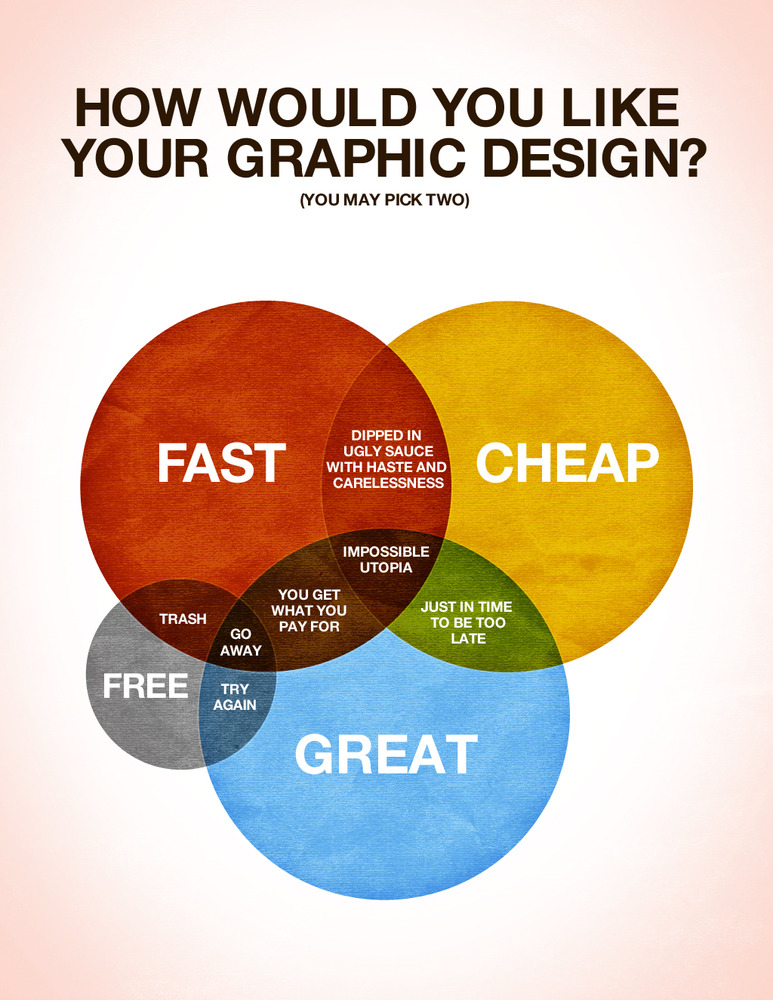

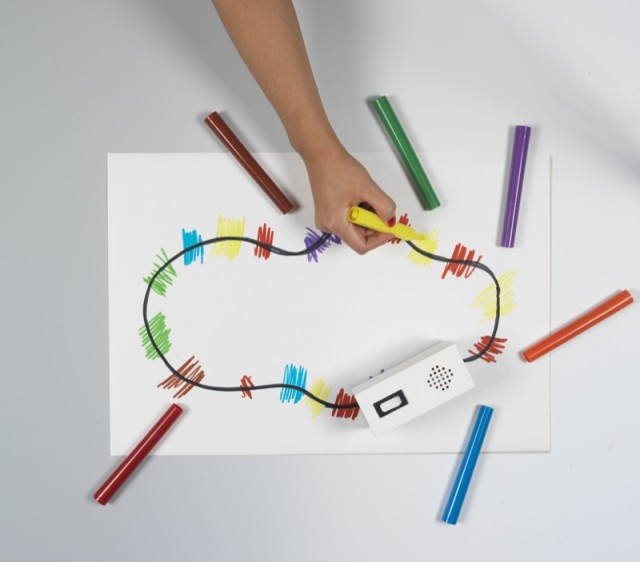
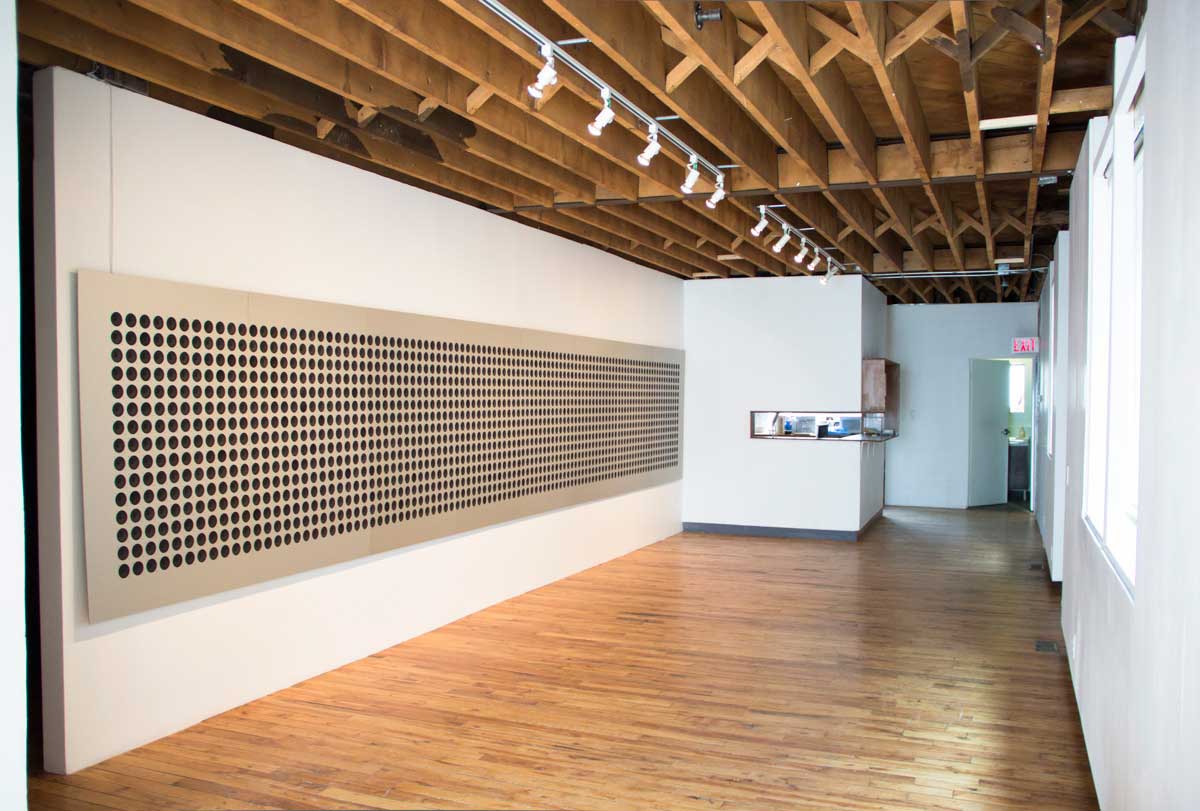
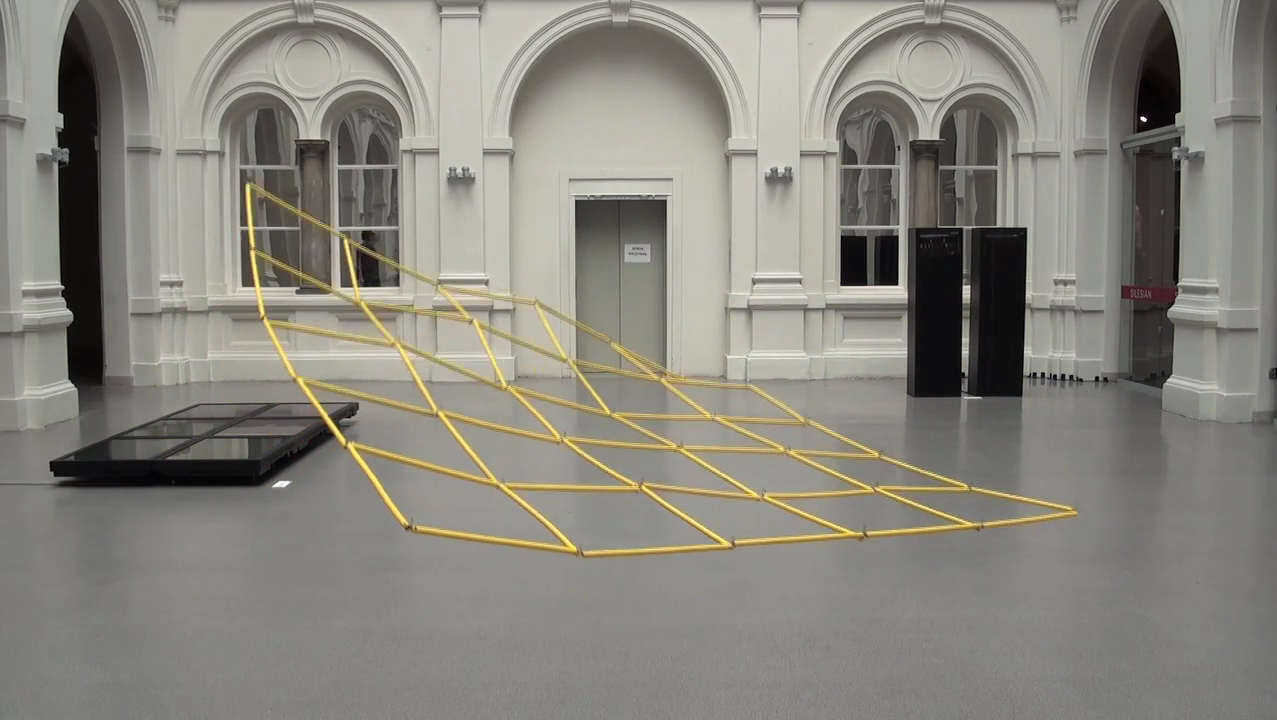
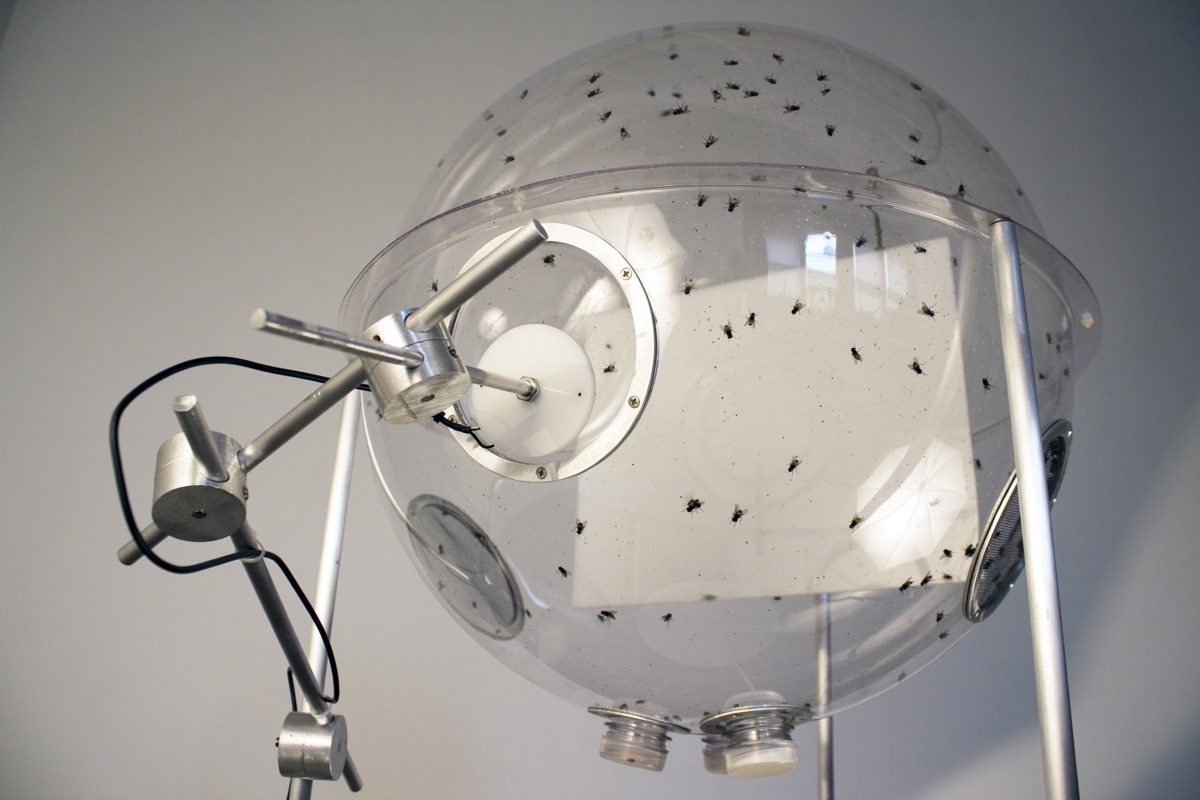

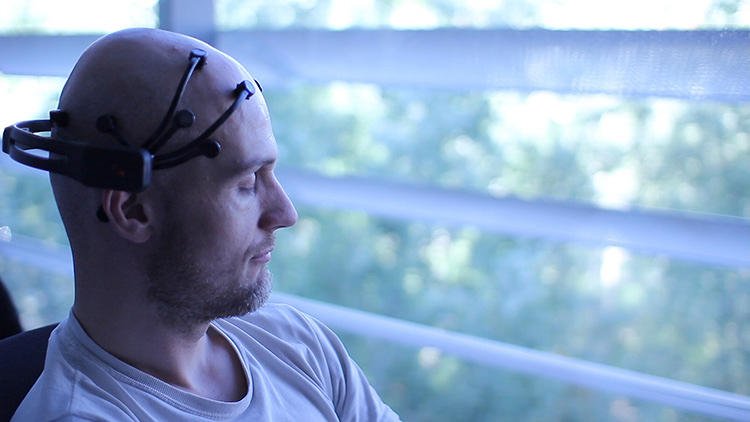
 A nice fact is that the artists were inspired by an old “programming language”: knitting.
A nice fact is that the artists were inspired by an old “programming language”: knitting.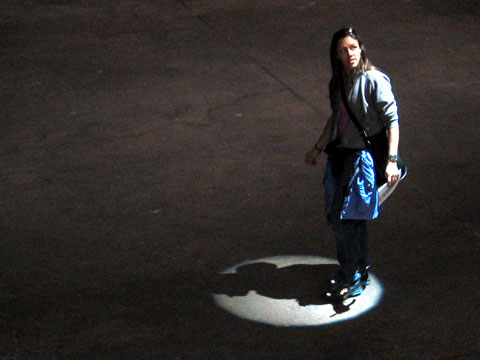
-Ryuichi-Maruo-YCAM_IB.jpg)


